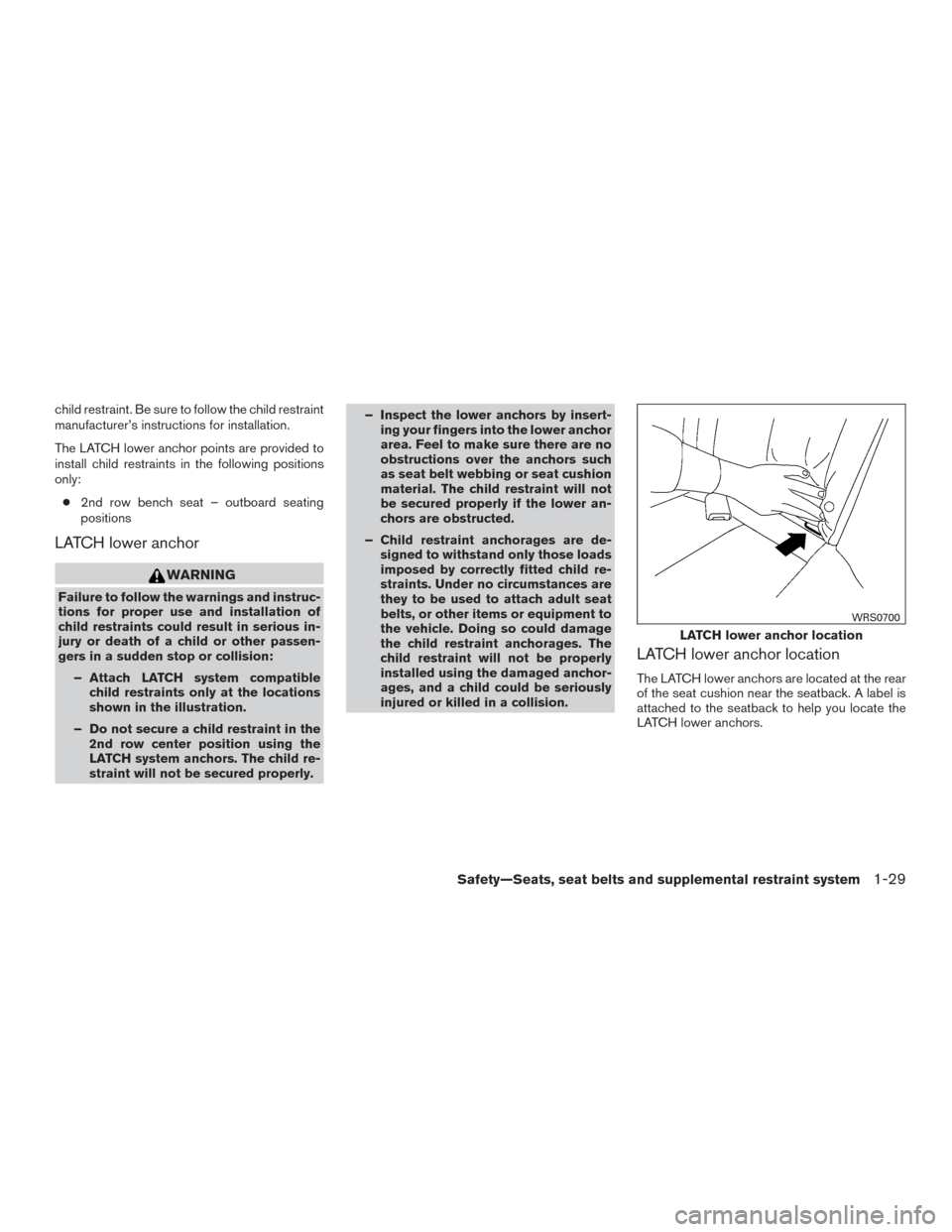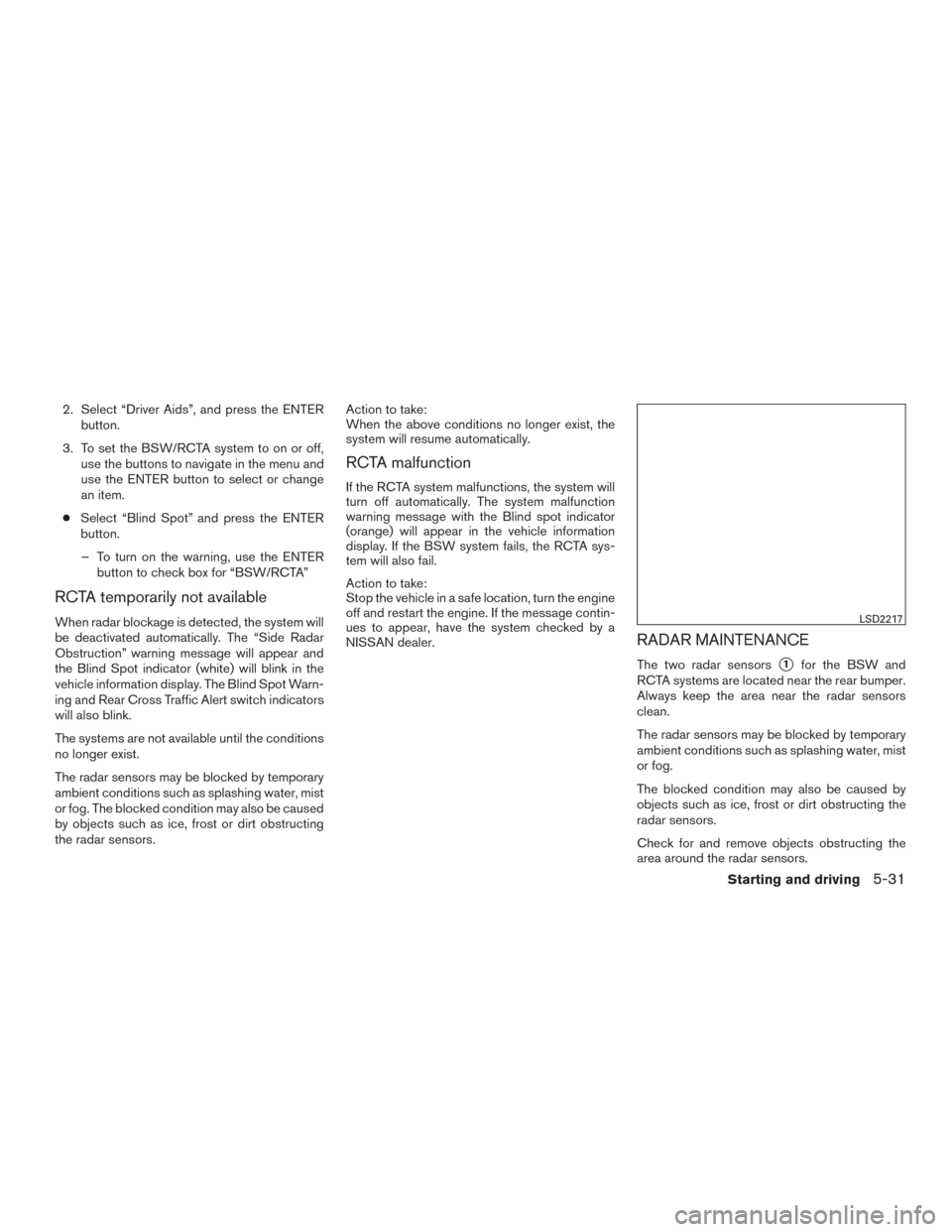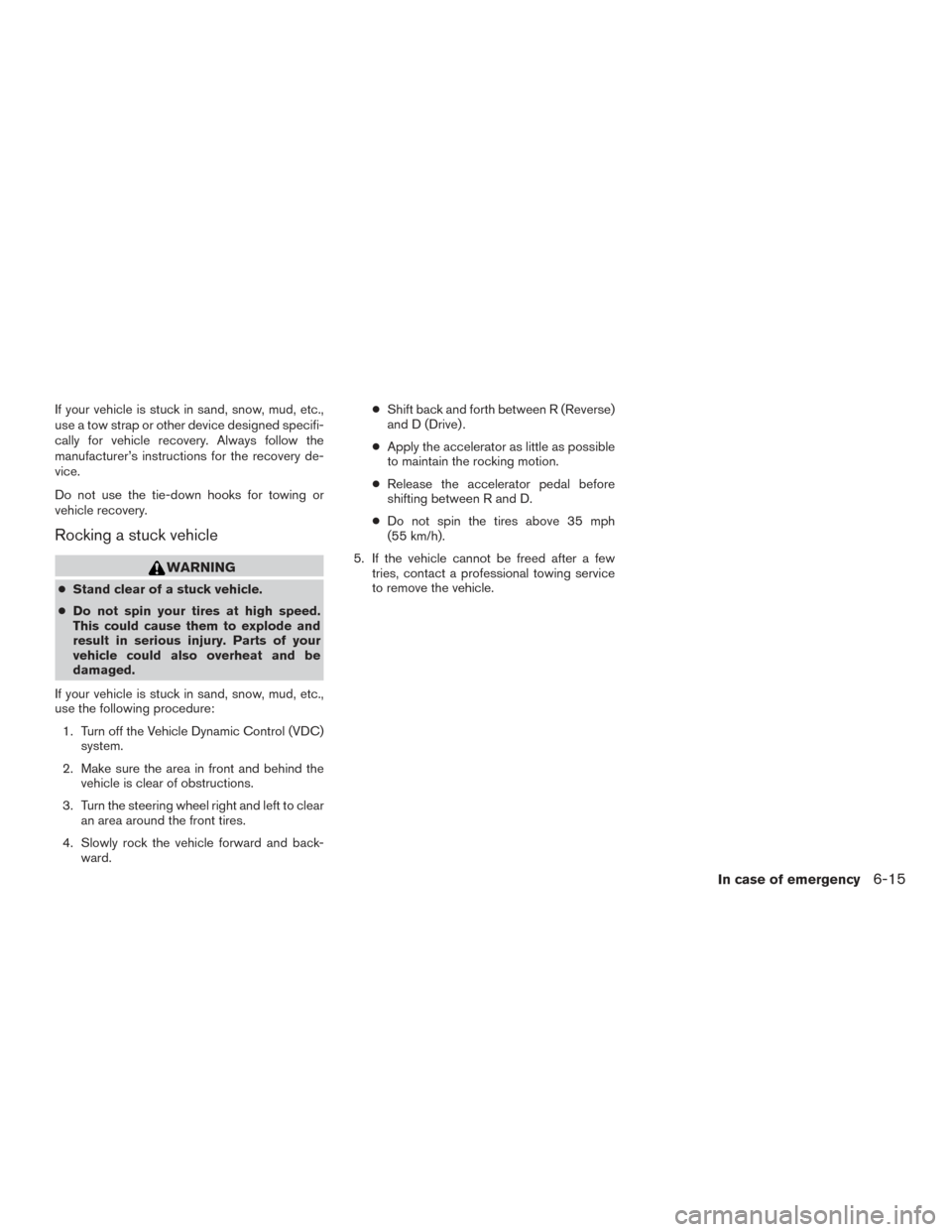Page 48 of 506

child restraint. Be sure to follow the child restraint
manufacturer’s instructions for installation.
The LATCH lower anchor points are provided to
install child restraints in the following positions
only:● 2nd row bench seat – outboard seating
positions
LATCH lower anchor
WARNING
Failure to follow the warnings and instruc-
tions for proper use and installation of
child restraints could result in serious in-
jury or death of a child or other passen-
gers in a sudden stop or collision:
– Attach LATCH system compatible child restraints only at the locations
shown in the illustration.
– Do not secure a child restraint in the 2nd row center position using the
LATCH system anchors. The child re-
straint will not be secured properly. – Inspect the lower anchors by insert-
ing your fingers into the lower anchor
area. Feel to make sure there are no
obstructions over the anchors such
as seat belt webbing or seat cushion
material. The child restraint will not
be secured properly if the lower an-
chors are obstructed.
– Child restraint anchorages are de- signed to withstand only those loads
imposed by correctly fitted child re-
straints. Under no circumstances are
they to be used to attach adult seat
belts, or other items or equipment to
the vehicle. Doing so could damage
the child restraint anchorages. The
child restraint will not be properly
installed using the damaged anchor-
ages, and a child could be seriously
injured or killed in a collision.
LATCH lower anchor location
The LATCH lower anchors are located at the rear
of the seat cushion near the seatback. A label is
attached to the seatback to help you locate the
LATCH lower anchors.
LATCH lower anchor location
WRS0700
Safety—Seats, seat belts and supplemental restraint system1-29
Page 372 of 506

When the BSW and Rear Cross Traffic Alert
(RCTA) system switch is turned off, the indicator
�1on the switch is off. The indicator will also be
off if the BSW/RCTA is deactivated.
How to enable/disable the BSW
system
Perform the following steps to enable or disable
the BSW system.
1. Press the
button until “Settings” dis-
plays in the vehicle information display. Use
the
button to select “Driver Assis-
tance”. Then press the ENTER button. 2. Select “Driver Aids”, and press the ENTER
button.
3. To set the BSW/RCTA system to on or off, use the
buttons to navigate in the
menu and use the ENTER button to select or
change an item:
● Select “Blind Spot” and press the ENTER
button.
– To turn on the warning, use the ENTER button to check box for “BSW/RCTA sys-
tem”
Temporarily not available
When radar blockage is detected, the system will
be deactivated automatically. The “Side Radar
Obstruction” warning message will appear and
the Blind spot indicator (in the meter display) will
blink
�Ain the vehicle information display. The
Blind Spot Warning and Rear Cross Traffic Alert
switch indicator will also blink.
The systems are not available until the conditions
no longer exist.
The radar sensors may be blocked by temporary
ambient conditions such as splashing water, mist
or fog. The blocked condition may also be caused
by objects such as ice, frost or dirt obstructing
the radar sensors.
LSD2208LSD2247
Starting and driving5-21
Page 382 of 506

2. Select “Driver Aids”, and press the ENTERbutton.
3. To set the BSW/RCTA system to on or off, use the buttons to navigate in the menu and
use the ENTER button to select or change
an item.
● Select “Blind Spot” and press the ENTER
button.
– To turn on the warning, use the ENTER button to check box for “BSW/RCTA”
RCTA temporarily not available
When radar blockage is detected, the system will
be deactivated automatically. The “Side Radar
Obstruction” warning message will appear and
the Blind Spot indicator (white) will blink in the
vehicle information display. The Blind Spot Warn-
ing and Rear Cross Traffic Alert switch indicators
will also blink.
The systems are not available until the conditions
no longer exist.
The radar sensors may be blocked by temporary
ambient conditions such as splashing water, mist
or fog. The blocked condition may also be caused
by objects such as ice, frost or dirt obstructing
the radar sensors. Action to take:
When the above conditions no longer exist, the
system will resume automatically.
RCTA malfunction
If the RCTA system malfunctions, the system will
turn off automatically. The system malfunction
warning message with the Blind spot indicator
(orange) will appear in the vehicle information
display. If the BSW system fails, the RCTA sys-
tem will also fail.
Action to take:
Stop the vehicle in a safe location, turn the engine
off and restart the engine. If the message contin-
ues to appear, have the system checked by a
NISSAN dealer.
RADAR MAINTENANCE
The two radar sensors�1for the BSW and
RCTA systems are located near the rear bumper.
Always keep the area near the radar sensors
clean.
The radar sensors may be blocked by temporary
ambient conditions such as splashing water, mist
or fog.
The blocked condition may also be caused by
objects such as ice, frost or dirt obstructing the
radar sensors.
Check for and remove objects obstructing the
area around the radar sensors.
LSD2217
Starting and driving5-31
Page 416 of 506

If your vehicle is stuck in sand, snow, mud, etc.,
use a tow strap or other device designed specifi-
cally for vehicle recovery. Always follow the
manufacturer’s instructions for the recovery de-
vice.
Do not use the tie-down hooks for towing or
vehicle recovery.
Rocking a stuck vehicle
WARNING
●Stand clear of a stuck vehicle.
● Do not spin your tires at high speed.
This could cause them to explode and
result in serious injury. Parts of your
vehicle could also overheat and be
damaged.
If your vehicle is stuck in sand, snow, mud, etc.,
use the following procedure: 1. Turn off the Vehicle Dynamic Control (VDC) system.
2. Make sure the area in front and behind the vehicle is clear of obstructions.
3. Turn the steering wheel right and left to clear an area around the front tires.
4. Slowly rock the vehicle forward and back- ward. ●
Shift back and forth between R (Reverse)
and D (Drive) .
● Apply the accelerator as little as possible
to maintain the rocking motion.
● Release the accelerator pedal before
shifting between R and D.
● Do not spin the tires above 35 mph
(55 km/h).
5. If the vehicle cannot be freed after a few tries, contact a professional towing service
to remove the vehicle.
In case of emergency6-15